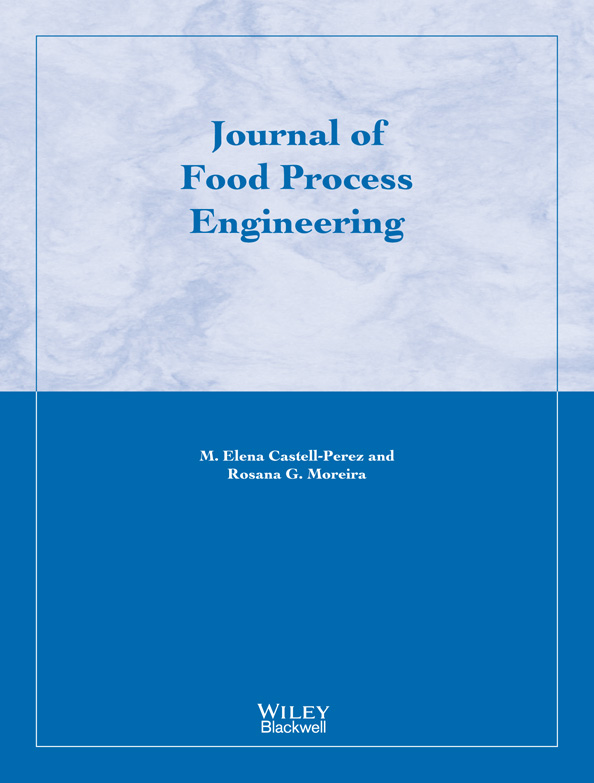Physicochemical Characterization of Seeds of Cabernet Sauvignon and Ives Grapes
Abstract
This study aimed to analyze physical and chemical characteristics of seeds of Cabernet Sauvignon and Ives grape varieties. Some physical properties were determined: length, width, thickness, true density, bulk density, porosity, sphericity, angle of repose, particle grain size and specific heat of seeds of oven-dried and fresh seeds. In addition, the proximate analysis and profile of minerals of fresh seeds were examined. Seeds after drying underwent a significant reduction in length and width, unlike the thickness, porosity and sphericity. Also, differences in particle grain size were verified, caused by the shrinkage of seeds due to drying. The angle of repose and the specific heat were found to be close to 30° and 1.5 J/gK. In proximate and mineral analysis, high values for fibers were observed, 45.76% and 47.89%, for Cabernet Sauvignon and Ives seeds, respectively, and high quantities of calcium and magnesium in both varieties.
Practical Applications
Currently, government requirements have led to increased costs for treating wastes generated by food industries, which increases the importance of developing technologies that allow its reuse. The pomace consisting of peel, seed and stalk is the primary waste generated by the processing of grapes, and is used as animal feed or as fertilizer in vineyards. The determination of physical and chemical properties of agricultural products is of great importance for the design of equipments for cleaning, classification, drying, storage and pneumatic conveying systems to obtain a higher yield during processing. Considering that studies on the processing of grape seeds are scarce, this study aimed to analyze and compare physical and chemical characteristics of seeds of Cabernet Sauvignon and Ives grape varieties, possibiliting their application by industries of seed oil extraction.




